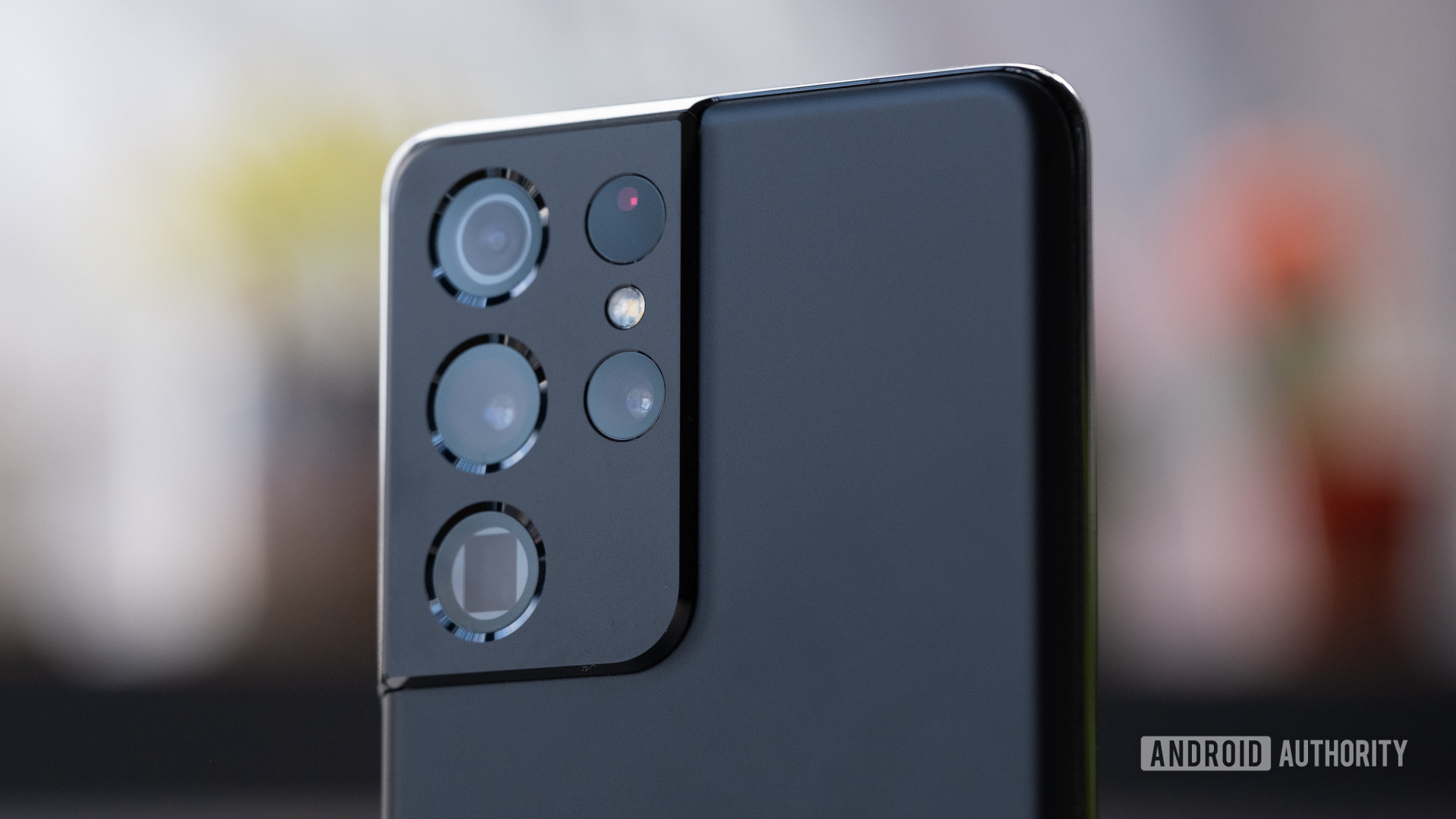Affiliate links on Android Authority may earn us a commission. Learn more.
Samsung could debut sensor shift stabilization tech on its future smartphones
Published onApril 12, 2021

- Samsung may introduce sensor-shift image stabilization to its future smartphones, according to a new report.
- The technology compensates for jitters to the image sensor itself, decreasing blur when a shot is taken.
- Apple first introduced the technology to its iPhone 12 Pro Max’s wide-angle camera.
Smartphone makers are always looking to minimize vibrations to improve camera image quality. The likes of Samsung have previously used optical image stabilization (OIS) to tackle this issue. Now, the Korean company is considering using another method, namely sensor-shift stabilization, according to a report by Galaxy Club.
Unlike OIS, which compensates for jitters that may directly affect the camera lens, sensor-shift stabilizes the entire image sensor. The technology has become commonplace for major digital camera manufacturers, but the first phone to pack it only arrived last year in the form of the iPhone 12 Pro Max.
The technology would theoretically allow Samsung to ditch lens stabilization methods, leading to simple, cheaper lens designs. The company may need more space around the sensor to implement the technology, especially if it chooses to include it on its larger primary camera sensors. The iPhone 12 Pro Max employed the technology on its 12MP wide-angle shooter.
Notably, rumors that Samsung and Japanese camera company Olympus may be working on future smartphone camera technology have also recently surfaced. Olympus isn’t a stranger to sensor shift tech. But it’s too early to say if the two firms are developing this particular technology for release on a smartphone. Of course, it remains speculation that Samsung and Olympus are even collaborating in any form.
Should Samsung’s sensor-shift tech arrive on a smartphone, expect it to debut on a Galaxy S model. Samsung has long pushed the camera hardware envelope on its flagship series.